There is still a large amount of choice in the consumer film marketplace. Thanks to increasing demand in film, there are still plenty of options out there for new film photographers. But of course, that also means it can be hard to know exactly what film to use for your situation.
In this article today, we’re going to show you how (and when) to choose the right film ISO for your situation. We’ll go over the benefits and drawbacks of the ISO values, so that you’ll always know what you need to create the best images possible.
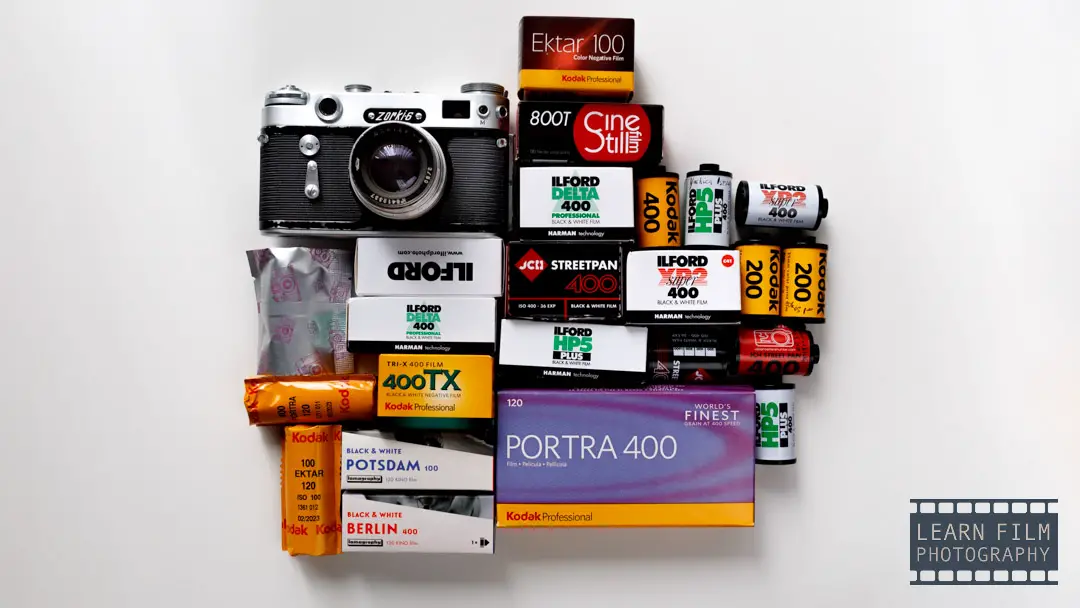
Slow speed films (ISO 8-100)
Slow speed, also known as low speed, film is any film that has a lower ISO number than 125. These films are prized for their almost grainless appearance and the incredible amount of detail they’re able to capture.
The slower the film speed, the more tightly packed the grains will be, allowing the film to capture incredibly high resolution (read: detailed and sharp) images with incredible tonality and versatility. A slow-speed 35mm film will be capable of creating a higher resolution image than most high-end digital cameras. When exposed properly, a medium format ISO 125 film can create an image with up to 80 megapixels of resolution.
Because of the resolution and tonality, low-speed films tend to be the highest quality films on the marketplace, and are particularly loved by landscape, still life, and portrait photographers for the high-quality images they create.
Some photographers also love ultra-low-speed films, like the Fantome series by Lomography to create ultra-long exposures (sometimes hours, if not days with pinhole photography), or even just to take long exposures during the day to give images a blurry look even with a wide-open aperture.
The downside of these films is that they most often require a tripod to get perfect exposure. In all but the best lighting scenarios (like in the middle of the day), it’ll be tough to create an image with a fast enough shutter speed to freeze action.
In the studio, the low speed can be compensated for using flash, which will create a tack-sharp image even with a slow shutter speed.
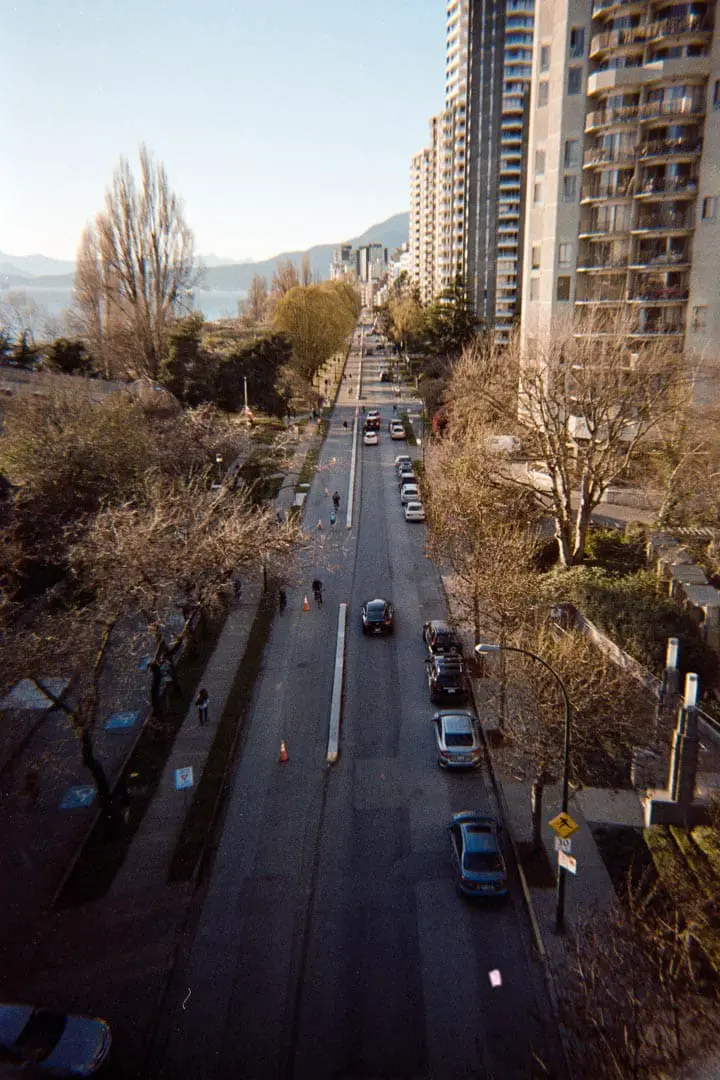
Medium speed film (ISO 125 – 250)
Medium-speed films are perfect for everyday photography in the daylight. They aren’t typically as versatile as fast films, but they are cheaper and work wonders for point and shoot styles of photography.
200-speed films like Kodak Gold and Fuji Superia are some of the best-selling films because they cost less than professional film stocks, and typically create images with flattering skin tones. Chances are there is one precious photo album in your house containing precious memories shot on Kodak Gold or Fuji Superia.
Otherwise, there aren’t all that many films that are in this medium-speed category. One notable example is Ilford SFX-200, which is a black and white film with extended infrared sensitivity that makes it a fantastic film stock for landscape photography.
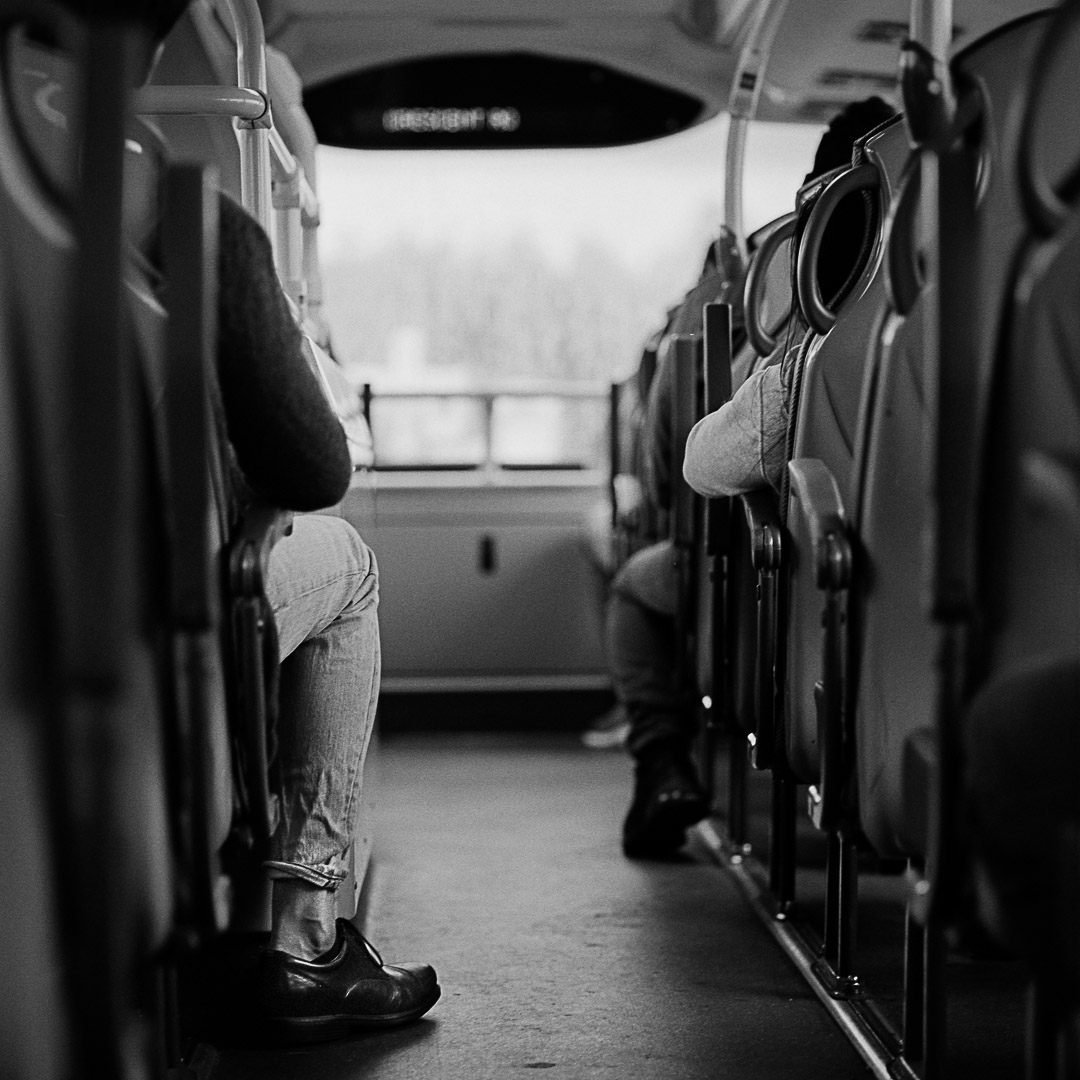
High-speed film (ISO 320-3200)
In the digital age, most photographers wouldn’t think of ISO 400 as a ‘fast’ film speed. But creating good images at ISO 400 was a monumental shift in the film industry. Kodak didn’t create what we would now consider a good everyday film until it released it’s best all-time selling film Tri-X in 1954, which had an ISO rating of 320.
These days, 400-speed film is by far the best seller on the market because of its versatility. A 400-speed film will create good images with a fast enough shutter speed outside in almost any conditions, including heavy overcast skies, in the shade, and even at sunset and sunrise.
Portrait photographers love using fast, ISO 400 films like Portra 400 and HP5 to create flattering images of their subjects outdoors. In fact, wedding photographers can use Portra 400 throughout the entire wedding day — from the getting ready shots to capturing action on the dance floors — because of the film’s wide exposure latitude and ability to push to ISO 1600 without losing too much detail.
Find Portra 400 on Amazon here, or save money with pro packs at Adorama.
And when shooting hand-held in low-light situations like concerts, events, or even nighttime portraits, you’ll never be let down by having a roll of Delta 3200 or Cinestill 800T in your bag. These stunningly-fast films are the best on the market for shooting at night because they are sensitive enough to freeze motion even when the camera is handheld.
The downside with using fast films (or upside, depending on the look you want) is that images have lower resolution, more contrast, and tend to create images that look significantly grainier than their low-speed alternatives.
But if you’re looking to create a classic film look, then these high-grain films will absolutely be critical to achieving your vision.
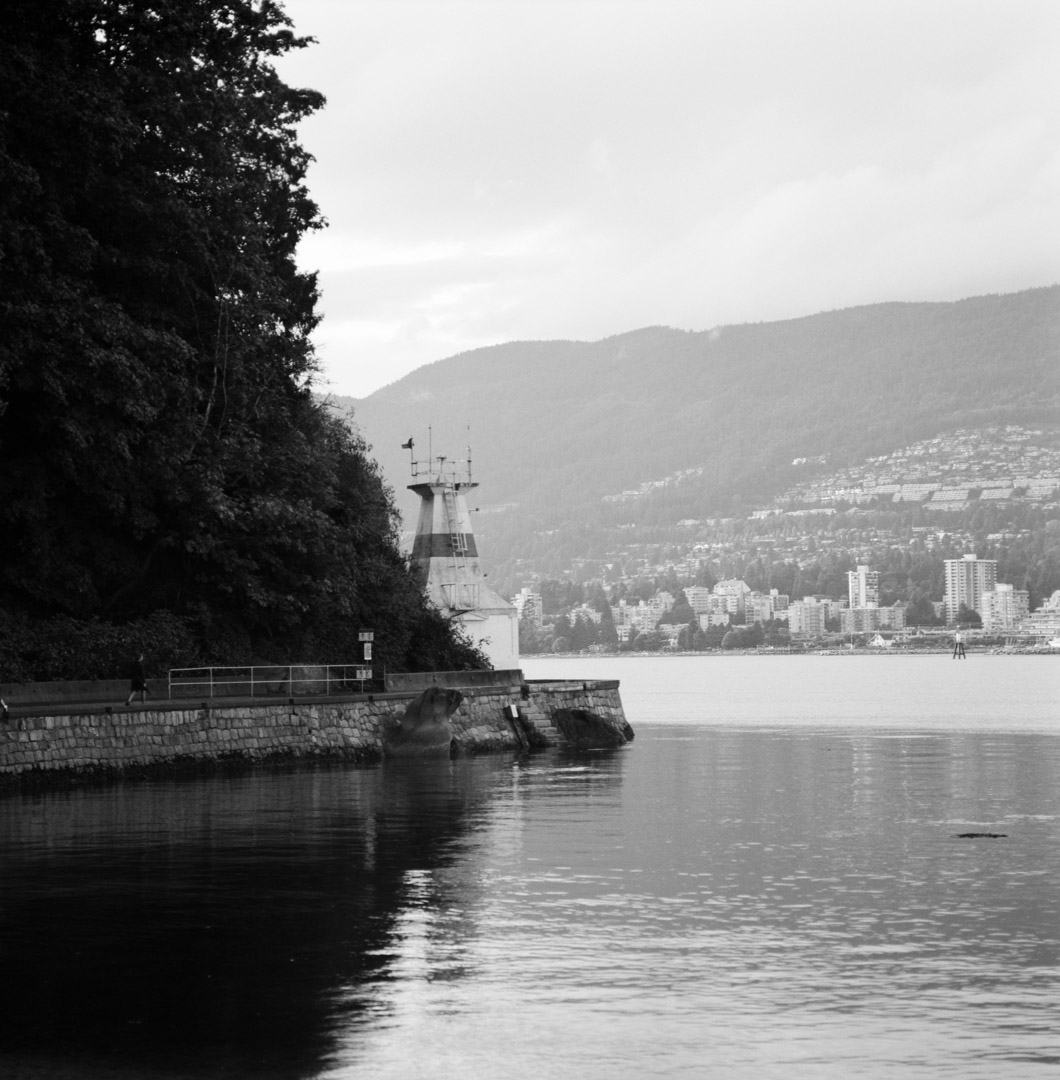
T-Grain versus Traditional grained films and ISO
The ISO of the film is determined by the size and type of grains that are present in the emulsion. There are two types of grains, each with its own benefits and drawbacks: traditional grains, and tabular grains (also known as tabular grains).
Traditional grains are somewhat round crystals, which can take on nearly any shape imaginable. They are distributed somewhat randomly across the film, with small crystals surrounding larger crystals to create tonality. When there’s more exposure, the smaller crystals will be exposed along with the larger crystals, creating richer details. But in the shadows, only the larger crystals will be exposed, creating darker sections oin the negative.
T-grains are the modern film grain, which is designed to capture more light on a smaller size by making the surface flatter and more geometric than is possible with traditional grains. This allows the grains to capture more light with a smaller surface area, effectively increasing the film’s ISO just by altering the shape of the grain.
T-grains can create a larger light-sensitive surface area using 30% less silver than traditional grains (according to the film developing cookbook by Troop and Anchell), but they don’t capture as much of a range of light as traditional grains. That means that t-grains create images that are much sharper, and appear less grainy, but they also have higher contrast. Traditional grains, on the other hand, aren’t as sharp, but they capture more dynamic range between the shadows and the highlights.
In this day and age, there aren’t really any films that don’t have a mix of t-grain and classic grains. Though the ‘pro’ film stocks, like Ilford’s Delta, and Kodak’s TMax line of films have more t-grains than film stocks like HP5 and Tri-X. The same can be said for color film, where Kodak Portra uses more T-grains, creating a pleasing and almost grainless appearance, where Kodak Gold or Ultramax films use traditional grains.
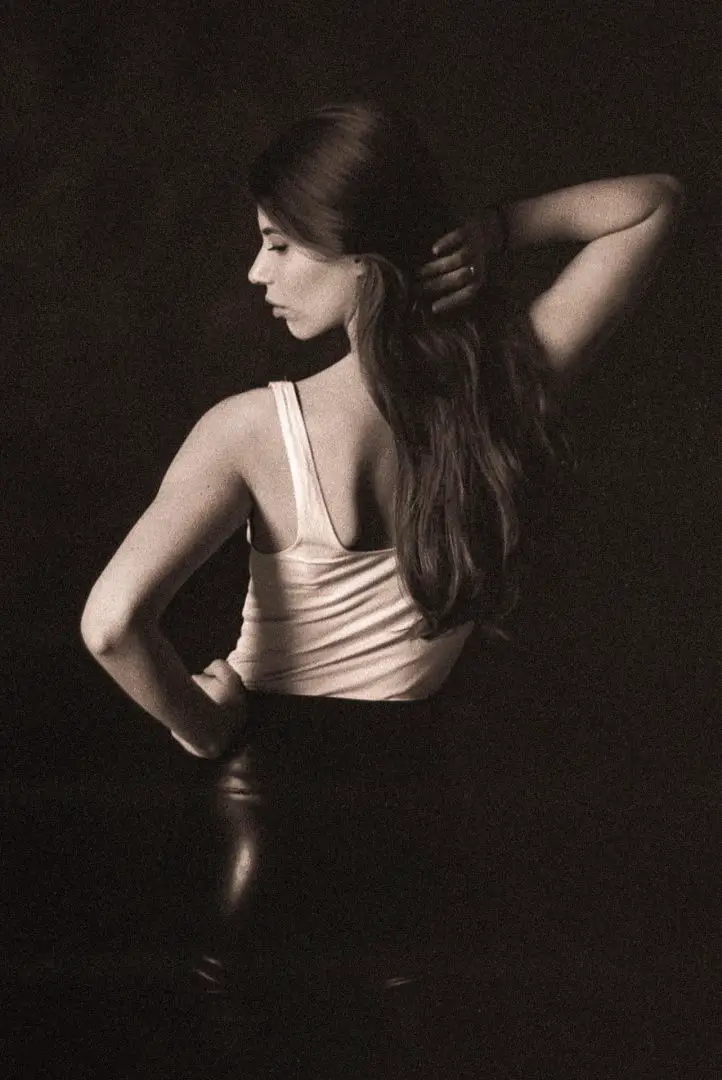
How to choose the right film speed for studio photography?
In the studio, so have full control over the light, so the ISO of the film is used to create the desired look of the image rather than to adapt to the conditions the photos are taken in. Flash studio lighting will also freeze action, meaning shutter speed is less important than factors like ISO and aperture, which controls the amount of the image that is in focus.
The biggest change that ISO makes is in the grain profile of the film. If you want to create the highest resolution images possible, then most photographers will choose the slowest film available to them. When you want to create images that look like they were shot in the 1950s and ‘60s, you’ll want to use an ultra-highspeed film like Delta 3200 or P3200 in 35mm film format.
Another factor to choose in the film is the type of color profile that you want to achieve with your shoot. Films like Kodak Ultramax or Lomo 400 will have a warm glow, whereas Fuji film stocks are typically more neutral or cold in appearance.
Portra 400 is the most versatile color film stock currently available, and can typically achieve any color look desired in post-production assuming the images were well exposed. That feature alone makes Portra 400 the professional studio photographer’s film of choice.
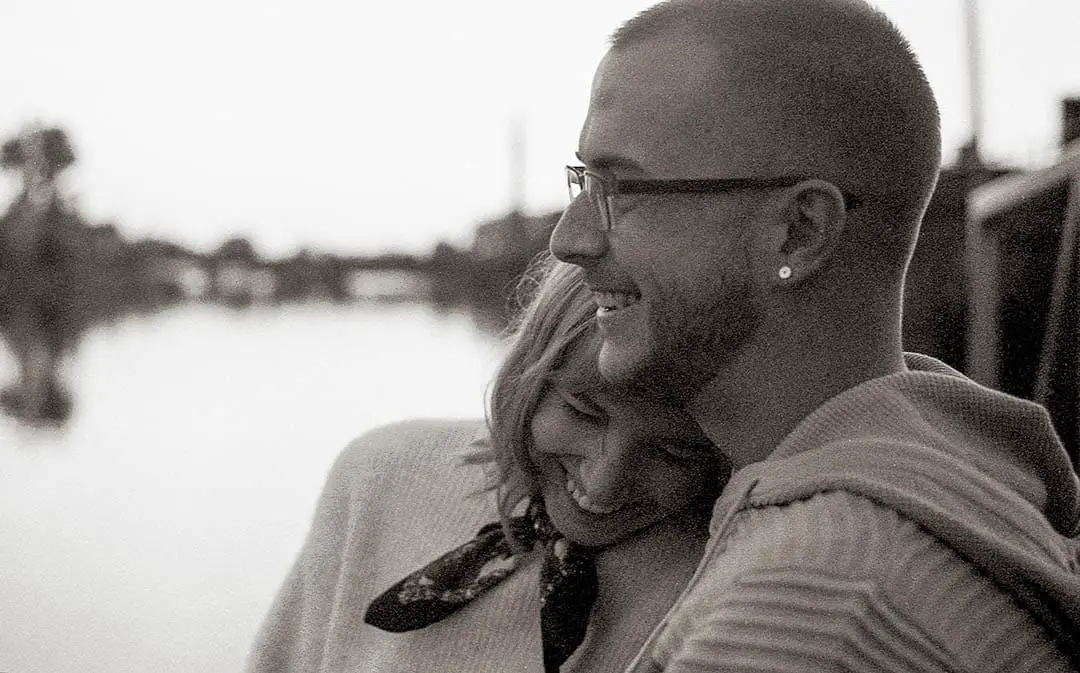
What is the best film ISO for portraits outdoors?
The best film speed for creating portraits outdoors is ISO 400. 400-speed film is useful in a wide variety of light scenarios. It’s perfect for walking around and taking photos during the day, capturing flattering portraits in the shadows, and even when capturing that at sunrise and sunset glow.
Even in less than perfect lighting conditions, an ISO 400 film will allow you to freeze motion to capture a sharp image. My rule for freezing action is to have a shutter speed that is at least as fast as the focal length of the lens I’m using. That means in most cases, I need a shutter speed that is at least 1/50th of a second with a 50mm lens.
ISO 400 film is fast enough in most scenarios to have a shutter speed that is comfortably above the 1/50th shutter speed so I can guarantee that I’ll capture sharp images.
The only time when 400-speed film struggles is in the early afternoon on a cloudless day. At that time of day, the sun can be so bright that it’s impossible to take an image without overexposing film because of the low maximum shutter speed on many film cameras.
But this time of day and weather condition isn’t the best time for portraits because the harsh light can cast bad shadows under the eyes and neck, highlighting features that most people don’t want highlighted.
So whenever I’m making portraits outside, I will always keep a couple of rolls of 400-speed film to ensure that I’m able to create images with a fast enough shutter speed to stop motion when hand holding the camera.
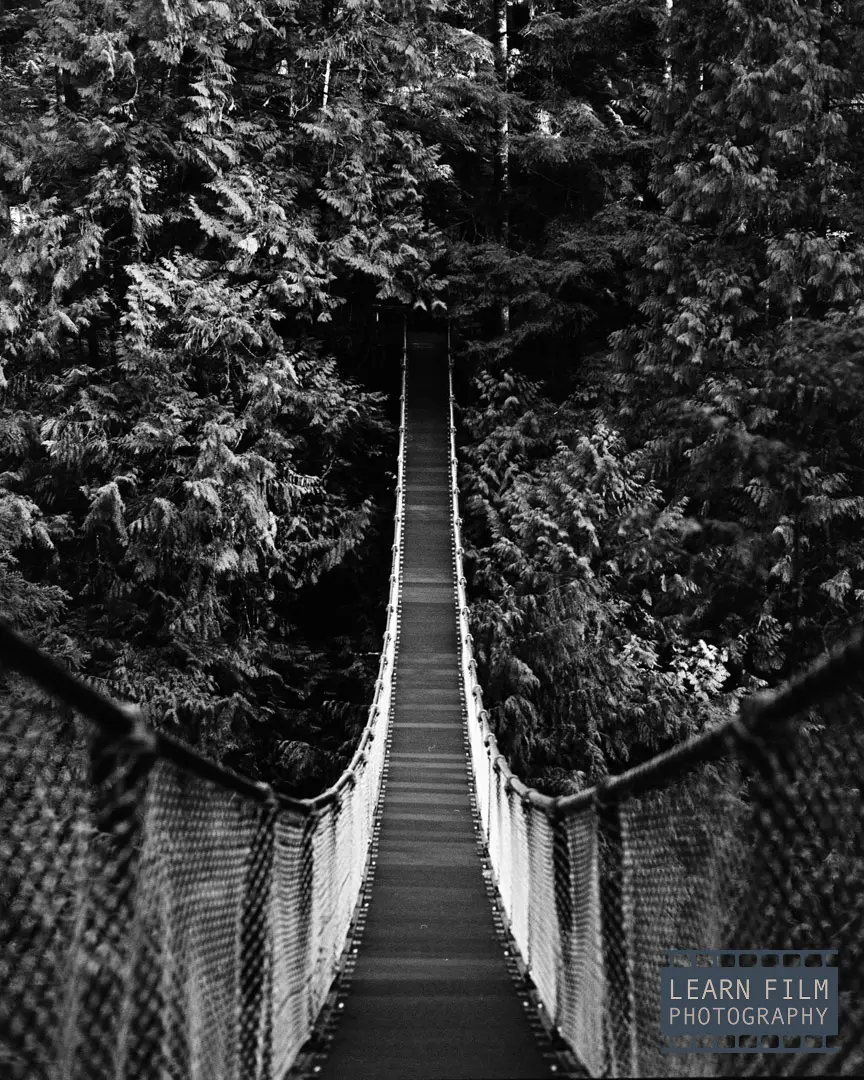
What ISO film should I use for landscape photography?
Most landscape photographers use a tripod to capture detailed images with a large depth of field, so landscape photography is another type of photography that loves using slow speed, or low ISO film stocks.
The general rule for landscape photography is to use an aperture value between f/8 and f/16 and the lowest ISO possible. That often means that you’re going to be using a slower shutter speed to compensate for those other settings that create the highest-quality images possible.
That said, if you’re shutter speed is longer than 2 seconds, you will have to compensate for reciprocity failure. See this article on shooting film at night to learn the easy way to overcome reciprocity failure.
Landscape photography on film also benefits from using filters, like neutral density, polarizing, and color filters to change the appearance of an image. For example, using a red filter or a polarizing filter on black and white film can make the sky darker, while making the clouds appear bright white, adding a nice contrast to the images.
Neutral density filters can be used to create long exposures to blur water or clouds to create dream-like images filled with negative space. I wrote down and made a video about my top tips for creating stunning black and white images here.

By Daren
Daren is a journalist and wedding photographer based in Vancouver, B.C. He’s been taking personal and professional photos on film since 2017 and began developing and printing his own photos after wanting more control than what local labs could offer. Discover his newest publications at Soft Grain Books, or check out the print shop.
